If you are looking for the perfect way to power your plants next spring, then it’s time to make your fall compost pile now!
When it comes to growing strong, healthy plants and flowers in the spring, nothing can boost them more than adding a bit of compost. This natural fertilizer not only gives plants easy to absorb nutrients, it also helps to improve the soil itself.
In fact, adding compost improves water retention as well as the overall composition of soil. In addition, mixing in rich compost helps to loosen and aerate dense soils, making it easier to work with and allowing roots to grow and expand quickly.
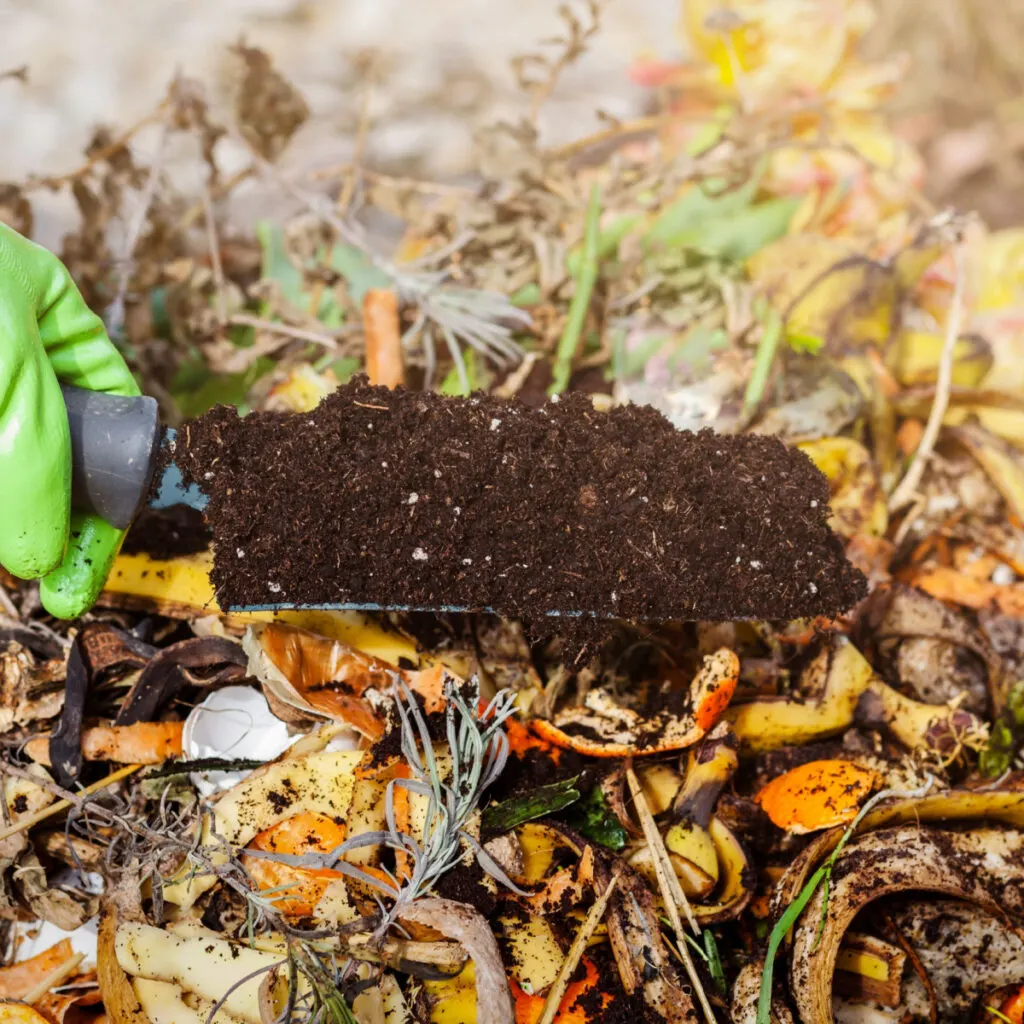
But the key to ensuring healthy and strong plants is to start using compost as early as possible – which means having it available in the early spring. And to do that – you need to get your pile built and cooking this fall!
The good news is that fall is the perfect time to create great compost! In fact, it’s amazing just how many free and readily available materials can be right around your home and property. With just a little work now – you can quickly be on your way to creating amazing compost with ease.
Why Compost In The Fall
The biggest reason composting in the fall is so easy is that there are so many natural resources that are right at your fingertips. And most of them are completely free!
Not only are these items easily accessible, but you can usually gather them in huge quantities. This allows you to create a large compost pile with little effort.
From spent foliage from your flowerbeds and garden to freshly fallen leaves and grass clippings, fall is packed with readily available materials. Add in a few kitchen scraps and finish the pile off with your spent potted annual plants and their soil, and you have the makings of an amazing fall compost pile!
How To Make The Perfect Fall Compost Pile
To create a great compost pile, it’s all about getting the right mix of “green” and “brown” ingredients. Green materials are items that heat up compost piles fast because they are high in nitrogen. Vegetable and fruit scraps, fresh grass clippings, farm animal manure, and coffee grounds are all examples of green materials.
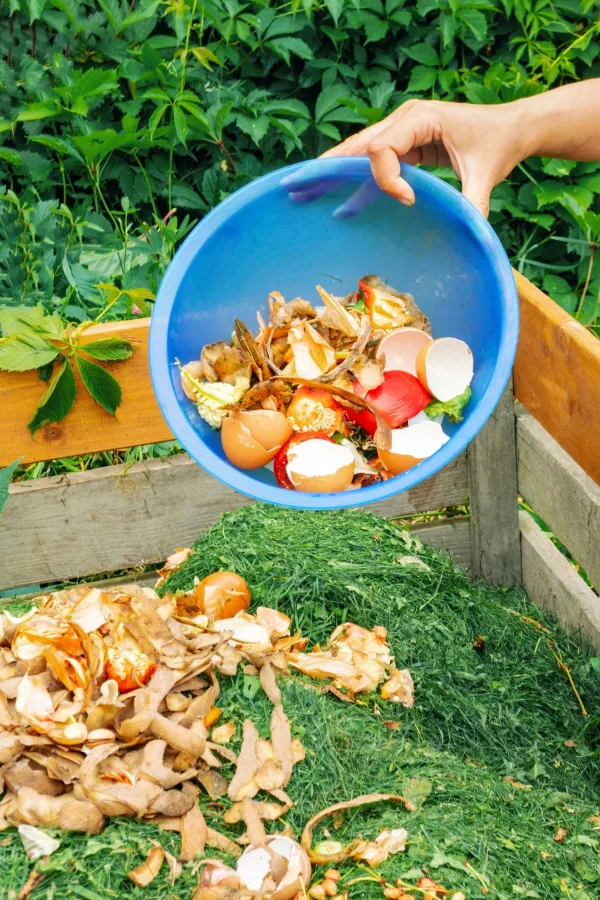
Brown materials are items that are made up of carbon. They help to add oxygen and humus and mass to a pile as they break down. Straw, dead leaves, cardboard, wood chips, and dead grass are all examples of brown materials.
Creating The Perfect Quick-Decomposing Compost Pile In The Fall
While all natural materials will eventually decompose and turn into compost, you have to remember a few important things in order to fast-track your compost pile so it’s ready by spring.
To create a pile that heats up quickly and efficiently, aim for a combination of around 4 parts brown material for every 1 part green. As an example, if you were to dump one bucket full of kitchen scraps and manure into the pile, add four buckets worth of dead leaves.
As for the materials themselves, the smaller the pieces the better. Smaller, shredded items will break down and decompose much quicker than larger pieces.
Be sure to cut up any kitchen scraps into small pieces before adding them to your pile. For natural materials like plant foliage and leaves, use your lawn mower to run over the material to easily shred and break them down into smaller sizes.
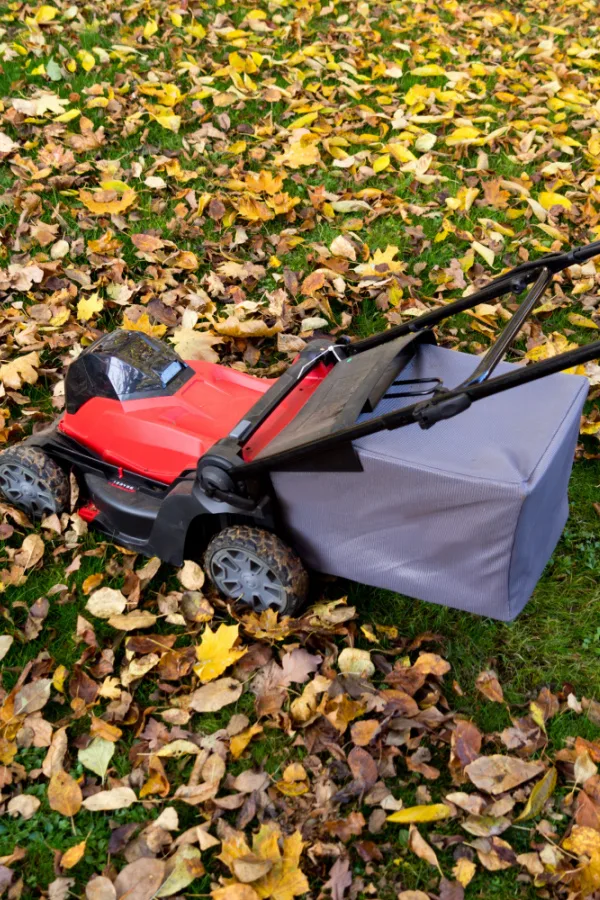
In addition to the size of the materials, you want to create a perfectly sized compost pile. A pile that is around 3 feet by 3 feet by 3 feet is best. It has enough mass to really heat up quickly without being too large to maintain.
Lastly, in order to fast-track the decomposing process, you want to add all of your materials at the same time. This will allow the pile to start heating up and decomposing while still having enough time to be ready by spring.
If you are constantly adding new materials to the pile, some of the items won’t have a chance to get broken down in time for spring. This is easiest in the fall with so many materials right at hand!
Best Materials To Use For Fall Compost Piles
Garden Plant Matter
One of most important chores of the fall season is to completely clean out the plants and crops from their growing spaces. This helps to prevent diseases and pests from overwintering and causing issues the next spring.
But instead of just tossing or burning the plant materials, it’s better to put them to good use in your fall compost pile. You can use almost all of your spent crops. They will add tons of nutrients and organic matter in the process.
Chop up and add plants like bolted lettuces and other greens. Corn stalks, pumpkin and gourd vines are also great choices to add to your compost pile. Just be sure to first chop them up into smaller pieces.
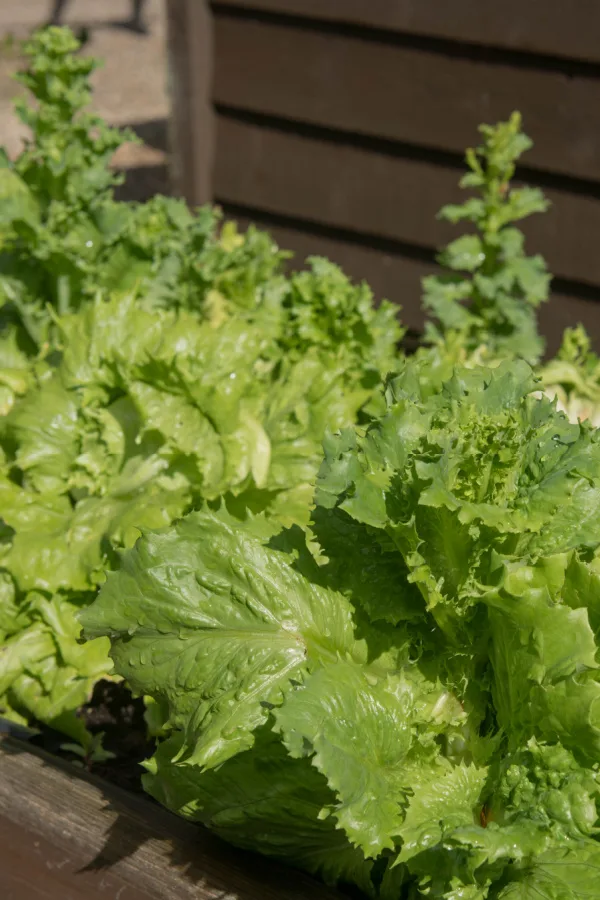
Avoid adding any seeds or fruit from your vegetable crops. These might not get killed off with home compost piles and might end up germinating wherever the compost is used next spring. Also, avoid adding any diseased plants as well as all tomato and pepper plant foliage and fruit. (See: What To Do With Dying Tomato Plants In The Fall)
Dead Leaves
Dead leaves and fall go hand-in-hand. Adding shredded, crispy leaves to your fall compost pile is one of the best ways to quickly add loads of brown matter.
Leaves are easy to gather and you can usually get quite a few all at once. If you don’t have any trees on your property, consider asking a neighbor. Chances are they will be more than willing to let you rake up a few piles!
The key to getting leaves to quickly decompose is to shred them before adding them to your fall compost pile. Whole leaves can take a long time to break down, but shredding them speeds up the process. You can use an electric leaf shredder or simply mow over them with your riding or push mower. (Affiliate Product Link: WORX Leaf Blower And Mulcher)
For best results, choose leaves from trees that are balanced in nutrients. Tree varieties like maple, ash, and fruit trees are great examples. All of these are not only high in nutritional value, they also break down fast. Especially when shredded!
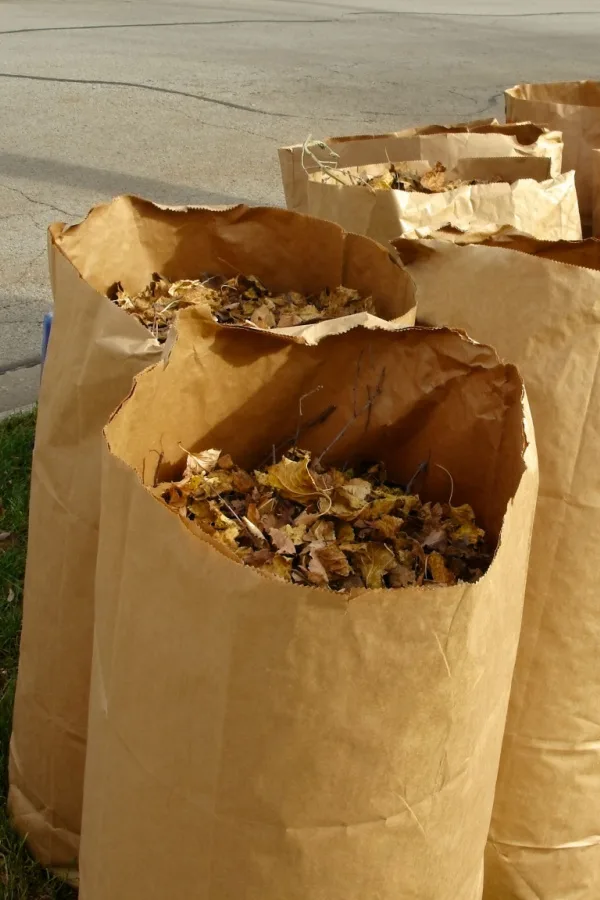
Avoid using a lot of oak leaves since they can raise the acidity levels in compost piles too much. Also, avoid adding black walnut, locust, and chestnut tree leaves since they are toxic to many vegetable plants.
Other Materials
Even though you might not be mowing as often in the fall, grass clippings are also an excellent free resource to add to fall compost piles. Freshly clipped grass adds both nitrogen and moisture to compost piles, helping piles to heat up quickly. Avoid adding any grass clippings that might have been sprayed with chemicals.
Don’t forget to add in your dead potted plants, their soil, and your natural fall decorations as well. All of those pumpkins and gourds are great for a pile! Again, be sure to chop up the dead plants into smaller pieces prior to adding. Also, remove any seed heads before adding so you don’t end up with a ton of volunteer plants.
Kitchen scraps are another fantastic item to add to your pile. Potato and cucumber peels, vegetable scraps, and coffee grounds are all great items to add additional nitrogen to your compost mixture. These items are packed full of nutrients as well.
Maintaining The Pile – Creating A Perfect Fall Compost Pile
Once all of your materials have been added, the key to a great fall pile is to let it start working! With so many materials available, you can build it all at once. That means you don’t have to continue adding and waiting for more material to break down. The end result – you can have a finished pile ready next spring!

Turn your pile every few days to keep it cooking. In addition, keep it moist if it starts to dry out. The oxygen from turning and the water help to keep the heat in your pile.
By using all of the great, free resources available to you during the fall, you can create an amazing compost pile that is full of nutrients and organic matter, and ready to power your spring garden!
Follow Our Facebook Page For Even More Great Tips! Simple Garden Life Facebook Page
Simple Garden Life is a website dedicated to keeping gardening fun, simple and enjoyable! We publish two new articles each week along with a new garden podcast episode every two weeks. This article may contain affiliate links.
